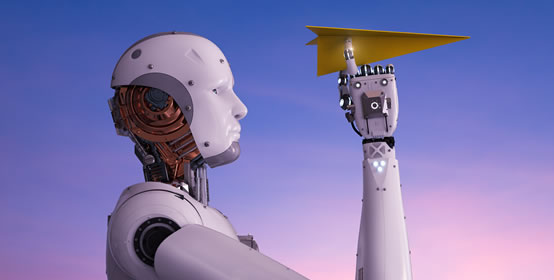Two specialists from the National University of Singapore (NUS), who are individuals from the Intel Neuromorphic Research Community (INRC), introduced new discoveries exhibiting the guarantee of occasion based vision and get in touch with detecting in mix with Intel’s neuromorphic handling for apply autonomy. The work features how carrying a sense of touch to use autonomy can altogether improve capacities and usefulness contrasted with this visual-just frameworks, and the way neuromorphic processors can beat conventional designs in preparing such tactile information.
Empowering a human-like feeling of touch in apply autonomy could fundamentally improve current usefulness and even cause new utilize cases. For example, mechanical arms fitted with fake skin could without much of a stretch accommodates changes in merchandise fabricated in a very line, utilizing material detecting to differentiate and grasp new articles with the right measure of strain to forestall slipping. The capacity to feel and better see environmental factors could likewise take into consideration closer and safer human-mechanical connection.
While the making of faux skin is a one stage in rejuvenating this vision, it likewise requires a chip which will reach precise inferences hooked in to the skin’s tactile information continuously, while engaging at a force level proficient enough to be sent straightforwardly inside the robot. “Making a ultra-quick fake skin sensor explains a couple of large portion of the riddle of creating robots more intelligent,” said paw educator Benjamin Tee from the NUS Department of Materials Science and Engineering and NUS Institute for Health Innovation and Technology.
The NUS group additionally improved mechanical recognition capacities by consolidating both vision and make contact with information during a spiking neural system. To try and do, they entrusted a robot to rearrange different hazy compartments holding contrasting measures of fluid utilizing tactile contributions from the counterfeit skin and a happening based camera. Scientists utilized the equivalent material and vision sensors to check the capacity of the observation framework to acknowledge rotational slip, which is important for stable getting a handle on.
When this tangible information was caught, the group sent it to both a GPU and Intel’s Loihi neuromorphic research chip to give some thought to handling abilities. The outcomes, which were introduced at Robotics: Science and Systems in the week, show that consolidating occasion based vision and phone utilizing a spiking neural system empowered 10 percent more noteworthy exactness in object characterization contrasted with a dream just framework. Additionally, they showed the guarantee for neuromorphic innovation to power such mechanical gadgets, with Loihi preparing the tangible information 21 percent quicker than a top-performing GPU, while utilizing multiple times less force.
“We’re energized by these outcomes. They show that a neuromorphic framework could be a promising little bit of the riddle for joining numerous sensors to enhance robot observation. It is a stage toward building power-proficient and reliable robots which will react rapidly and properly in startling circumstances,” said collaborator teacher Harold Soh from the Department of computing at the NUS School of Computing.
Sign in
Welcome! Log into your account
Forgot your password? Get help
Password recovery
Recover your password
A password will be e-mailed to you.

